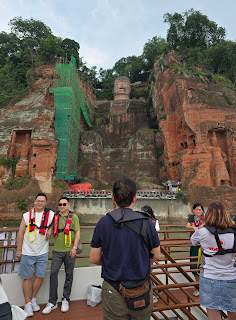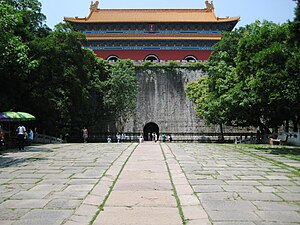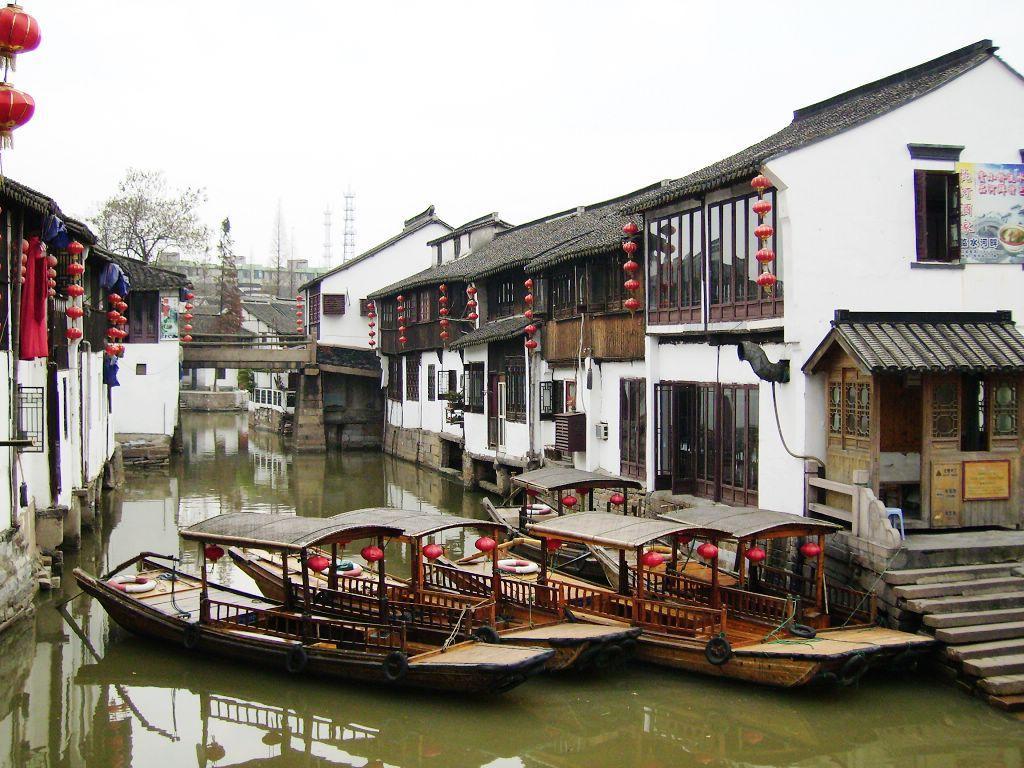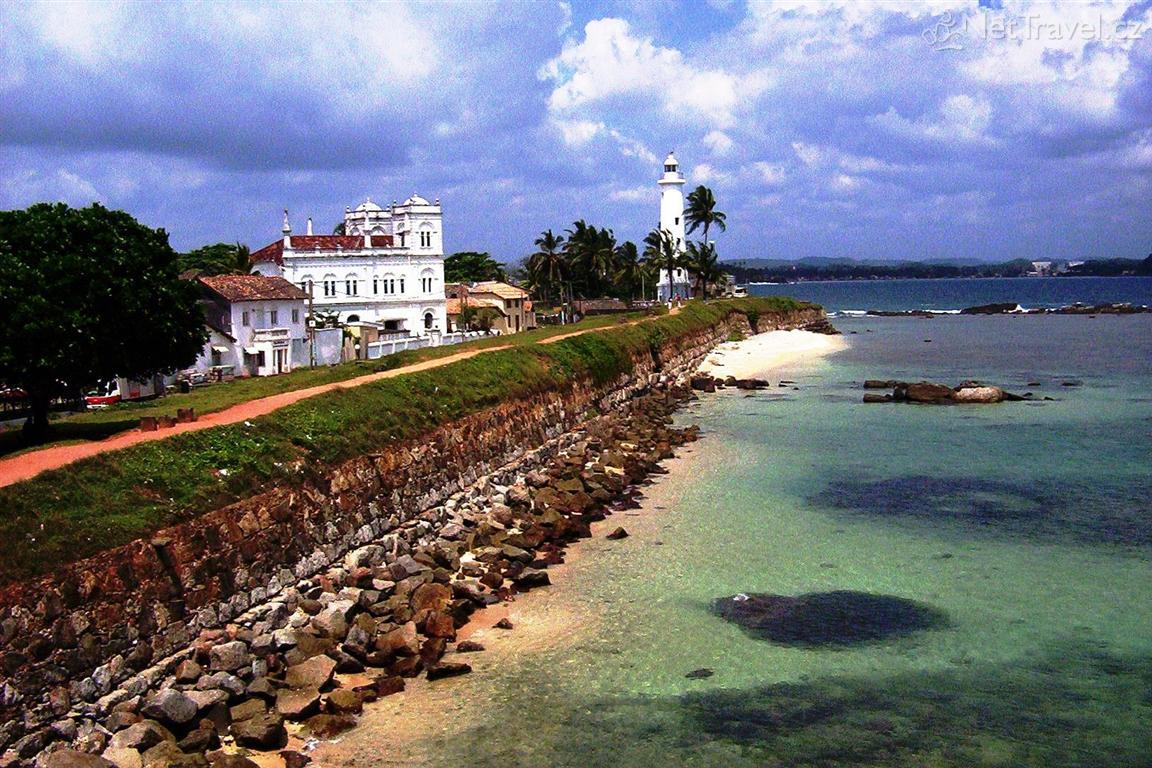19 Aug
Depart Sin on SQ634 to Tokyo. Check into Mitsui Garden Hotel Kyobashi, near Tokyo station.
20 Aug
Mitsui Outlet for quick shopping, back hotel to pack before evening train from Tokyo to Mishima, rest for the night.
21 Aug
The day started at 8.30am with a 1.5hr bus ride to 5th station. We ascended via the Fujinomiya Trail at 11:00am— one of the four main trails but also one of the steepest rocky terrain routes. Arrive 9th station at around 5:15pm. Dinner at 6pm with lights off at 8:00pm.
22 Aug
Woke up at 1:30am, 2:00am breakfast before 2;30am summit attack. Arrive Kengamine peak, 3776m, Mount Fuji highest point before sunrise.
Started descending the UNESCO World Heritage site at 8:30am via the Gotenba Trail — a much longer and considered as the toughest route to enjoy the famous "Osunabashiri" (sand run) volcanic ash fields. Made our way down into the vast Mount Hōei crater, the younger volcanic crater on Fuji’s flank formed by the 1707 eruption.
Back to station 5 at 12:15pm, took 1427H train from Mishima to arrive Tokyo 1518H. Head to
Shimokitazawa for dinner and shopping after shower.
23 Aug
Oi racecourse Tokyo city flea market
Took train to town Suzukicho station without shelter and able to cross train track to Book Off Super Bazaar!
Ginza dinner at a old building for Katsu-don.
Went Shinjuku for more vintage hunting.
24 Aug
Tachikawa Book off follow by Trefactstyle, follow by Nakano to look at second hand watches. Okonomiyaki dinner at Ueno.
25 Aug
Explo Nakano before heading to airport. Depart on SQ011 back to SIN.
















































































)
























